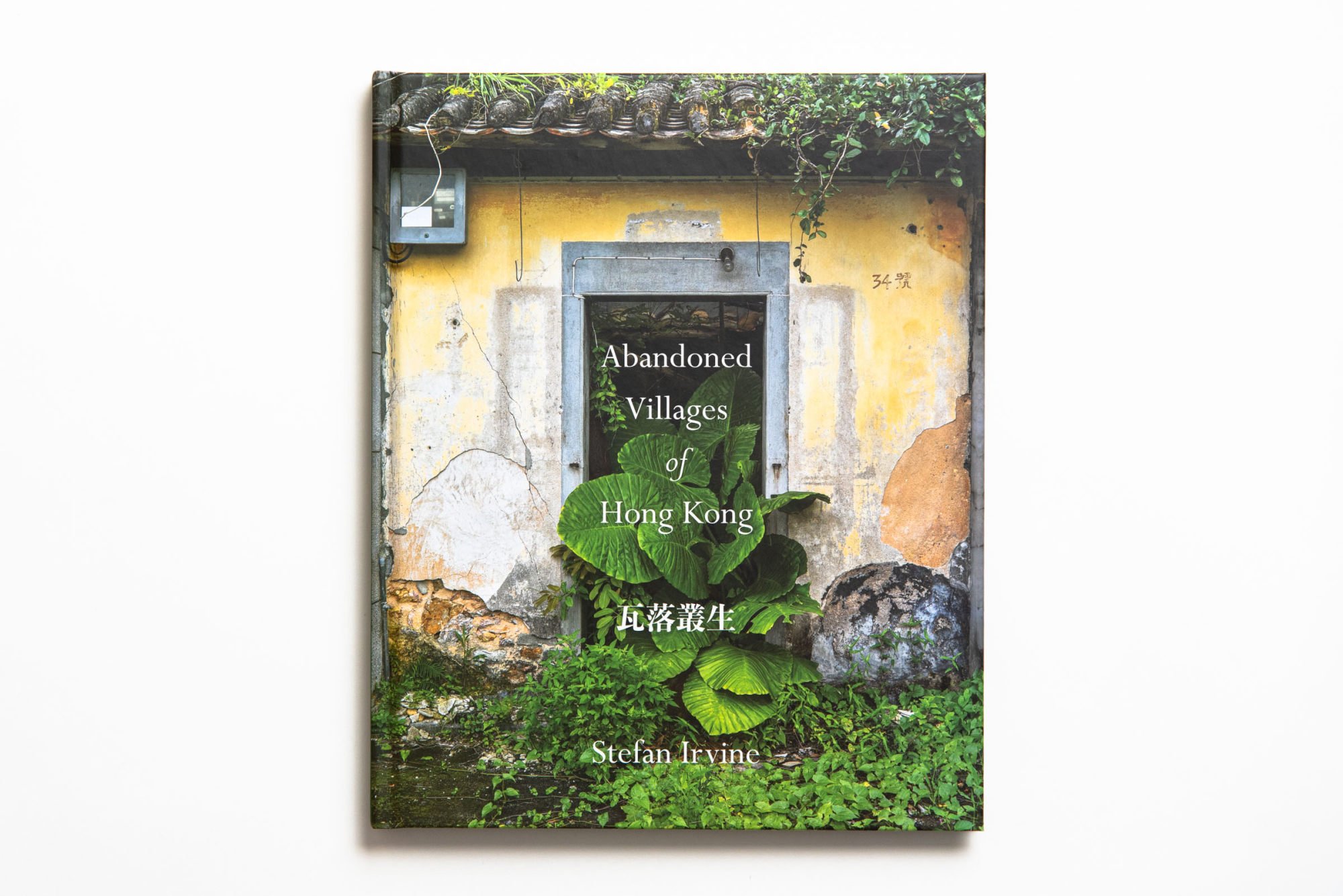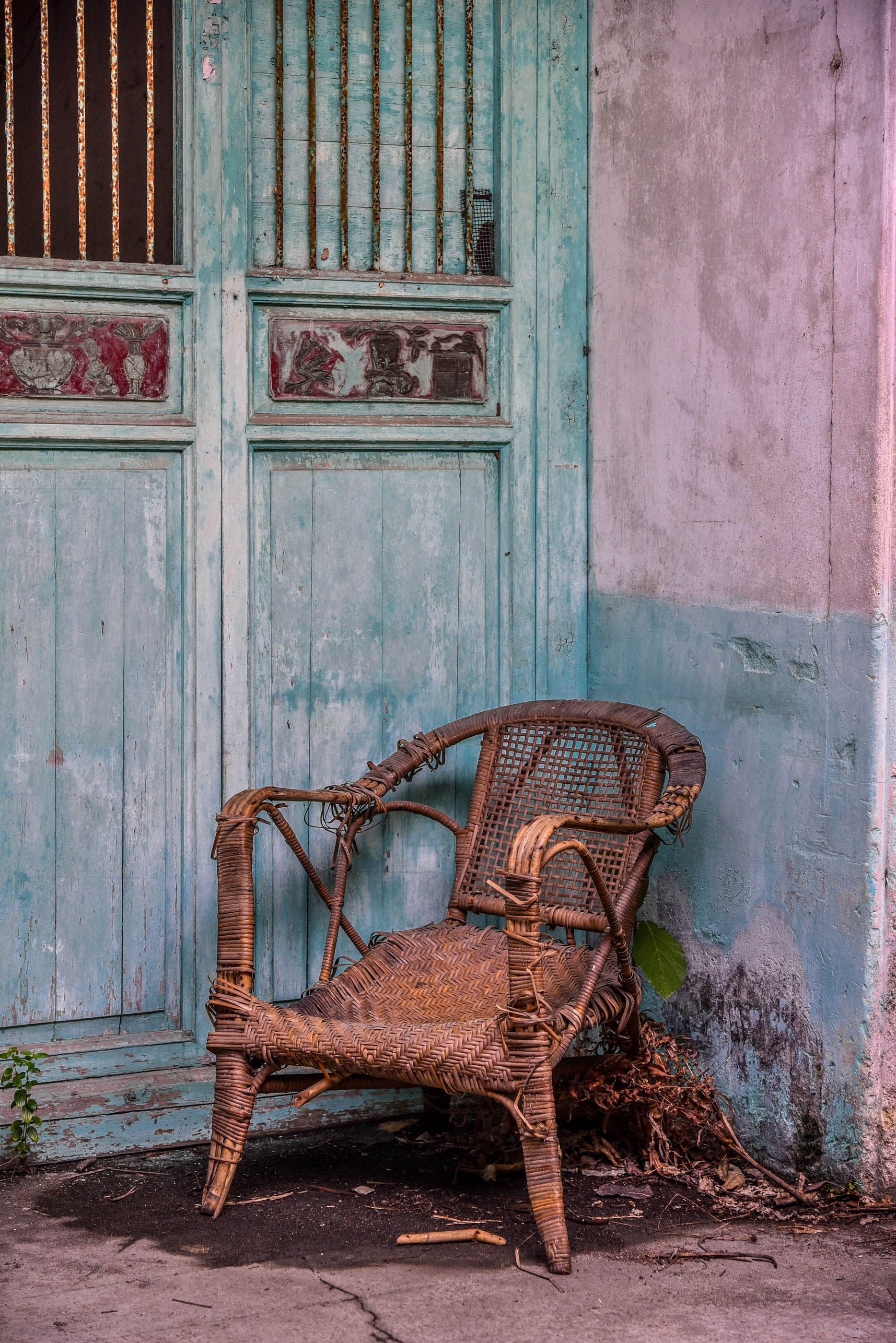
Hong Kong’s abandoned villages the ‘spooky’ subject of a new photo book and exhibition that document ‘what’s disappearing’ in the city
- Photographs of remote and deserted settlements, and interviews with former inhabitants, feature in Abandoned Villages of Hong Kong, a book by Stefan Irvine
- The book accompanies a photo exhibition at Blue Lotus Gallery by the British urban explorer, whose goal is to record the city’s past before it is gone for good
Stefan Irvine is not the only photographer to document Hong Kong’s abandoned villages. He is a member of the so-called urbex movement – “urbex” being a portmanteau of urban and exploration.
However, the London-born photographer’s work documenting the lesser known parts of rural Hong Kong began more than a decade ago.
I enjoy thinking about what’s happened before and things that have gone past and how it affects what’s going on today
Irvine was immediately intoxicated by the energy and the sense of possibility in Hong Kong upon visiting the city in 1999.
“I was working in London as a freelance photographer after I graduated [from university]. I had some small amounts of success there, but it was quite difficult to really break into the newspaper and magazine industry.

“So I was always thinking about the possibility of Hong Kong and then finally I decided to come back and try to be a freelance photographer here. After staying in Hong Kong for a while, I just fell in love with the place and I’m still here,” he says.
He was initially drawn to human interest and contemporary topics.
But in time, the now 47-year-old became more concerned with conservation and heritage.

“I just find [the historical aspects of Hong Kong] to be the most attractive and most charming for my photography. When I was younger, I did not have much interest in history. But now I enjoy thinking about what’s happened before and things that have gone past and how it affects what’s going on today,” he says.
There are two texts in the book based on interviews with people who lived in the village themselves and with the children of those who grew up in the village.
When I’m in villages taking photographs, I wouldn’t ever manipulate the scene
How does he find all the sites to photograph?
“I would go to the library and look at old historical land surveys and try to find good sites for photographing these ruins. I also use maps online. Even the Hong Kong government’s mapping service has quite a lot of good resources and it will mark some ruined buildings in various villages. So that’s been very useful,” he says.

“It’s just quite eerie when you’re there. You’ve got these kind of slightly spooky houses looking a bit forlorn and forgotten,” he says.
He occasionally takes drone photographs to show the setting of a village.

Irvine believes in preservation through visual documentation.
“It’s part of a documentation of what’s happening in the city and what’s disappearing. So when I’m in villages taking photographs, I wouldn’t ever manipulate the scene. I wouldn’t rearrange any items into style. That doesn’t work for me.”
He adds: “I love the way the Hong Kong landscape is very three-dimensional. So you can go up a skyscraper and have a completely new perspective on a neighbourhood you know really well.
“Then you’ve got the mountains and the countryside. So it’s just incredibly diverse, varied and vibrant. There’s always something new happening around every corner and different to see. As a photographer, it’s very gratifying,” he says.
“Abandoned Villages of Hong Kong,” Blue Lotus Gallery, G/F, 28 Pound Lane, Sheung Wan, Tues-Sun, 11am – 6pm. Until Feb 25.

